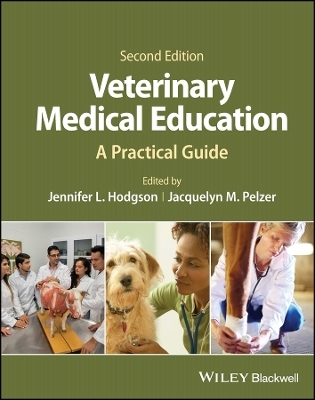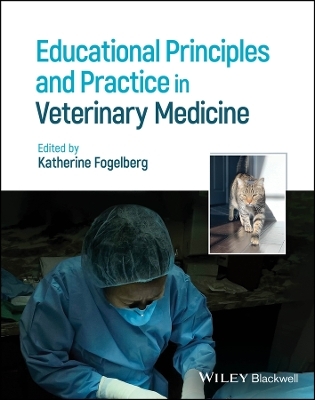
Manipulation of Growth in Farm Animals
Seiten
1984
Kluwer Academic Publishers (Verlag)
978-0-89838-617-2 (ISBN)
Kluwer Academic Publishers (Verlag)
978-0-89838-617-2 (ISBN)
- Titel ist leider vergriffen;
keine Neuauflage - Artikel merken
A Seminar in the CEC Programme of Coordiantion of Research on Beef Production, held in Brussels, December 13--14, 1982
In some countries, especially on the European continent, there still exists a remarkable veal market. This type of meat production seems, irrespective of any economic forecasts, to remain unchallenged so long as consumers expect that restaurants should offer courses like "r6ti de veaux," "vitello a la casa" or "Kalbsschnitzel." Producers, at least since about the past 1-/2 decades, have been aware of the beneficial effect of anabolic agents in veal production. This is possible due to the lack of endogenous sexual hormones during the juvenile or prepuberal status of these animals. A discussion about the benefit / risk - evaluation in connection with the use of anabolic agents in general was promoted in recent years by the public. This concern occurred concomitantly with the detection of illegally treated veal calves and the occurrence of diethylstilbestrol (DES) residues in canned food containing veal. The aim of this paper is to summarize the present status of residue data in edible tissues and excreta in order to allow the evaluation of the risk (given in the paper of Hoffmann within this program) and to consider reasonable monitoring measures. We have to face the fact that without an efficient control system the illegal treatment of calves can not be excluded. Therefore, this paper will not only consider different compounds and formulations, but will also deal with practised routes of administration.
In some countries, especially on the European continent, there still exists a remarkable veal market. This type of meat production seems, irrespective of any economic forecasts, to remain unchallenged so long as consumers expect that restaurants should offer courses like "r6ti de veaux," "vitello a la casa" or "Kalbsschnitzel." Producers, at least since about the past 1-/2 decades, have been aware of the beneficial effect of anabolic agents in veal production. This is possible due to the lack of endogenous sexual hormones during the juvenile or prepuberal status of these animals. A discussion about the benefit / risk - evaluation in connection with the use of anabolic agents in general was promoted in recent years by the public. This concern occurred concomitantly with the detection of illegally treated veal calves and the occurrence of diethylstilbestrol (DES) residues in canned food containing veal. The aim of this paper is to summarize the present status of residue data in edible tissues and excreta in order to allow the evaluation of the risk (given in the paper of Hoffmann within this program) and to consider reasonable monitoring measures. We have to face the fact that without an efficient control system the illegal treatment of calves can not be excluded. Therefore, this paper will not only consider different compounds and formulations, but will also deal with practised routes of administration.
| Erscheint lt. Verlag | 31.1.1984 |
|---|---|
| Reihe/Serie | Current Topics in Veterinary Medicine and Animal Science ; 26 |
| Zusatzinfo | 8 black & white illustrations, biography |
| Sprache | englisch |
| Maße | 156 x 234 mm |
| Gewicht | 627 g |
| Themenwelt | Veterinärmedizin |
| ISBN-10 | 0-89838-617-9 / 0898386179 |
| ISBN-13 | 978-0-89838-617-2 / 9780898386172 |
| Zustand | Neuware |
| Informationen gemäß Produktsicherheitsverordnung (GPSR) | |
| Haben Sie eine Frage zum Produkt? |
Mehr entdecken
aus dem Bereich
aus dem Bereich
A Practical Guide
Buch | Hardcover (2024)
Wiley-Blackwell (Verlag)
145,95 €
Buch | Hardcover (2025)
John Wiley & Sons Inc (Verlag)
94,70 €
Buch | Hardcover (2024)
Wiley-Blackwell (Verlag)
124,55 €


